-
Załączniki bezpieczeństwa
Załczniki do produktuZałączniki dotyczące bezpieczeństwa produktu zawierają informacje o opakowaniu produktu i mogą dostarczać kluczowych informacji dotyczących bezpieczeństwa konkretnego produktu
-
Informacje o producencie
Informacje o producencieInformacje dotyczące produktu obejmują adres i powiązane dane producenta produktu.Fujimi
-
Osoba odpowiedzialna w UE
Osoba odpowiedzialna w UEPodmiot gospodarczy z siedzibą w UE zapewniający zgodność produktu z wymaganymi przepisami.
Fujimi 460116 IJN Destroyer Shimakaze 1/350
Plastikowy model statku do sklejania. Nie zawiera kleju ani farb.
Shimakaze – japoński wielki niszczyciel, jedyny z planowanej serii 17 okrętów tego typu. Wyróżniał się najsilniejszym uzbrojeniem torpedowym spośród okrętów tej klasy na świecie.„Shimakaze” został skonstruowany na bazie wydłużonego kadłuba niszczyciela typu Kagerō. Większa wyporność została wykorzystana przede wszystkim do wzmocnienia uzbrojenia torpedowego. Ponadto, zastosowano znacznie mocniejszą siłownię turboparową, pracującą pod wyższym ciśnieniem pary, co pozwoliło na osiągnięcie bardzo wysokiej prędkości (maksymalnie na próbach - 40,9 węzła). Okręt zamówiono w ramach czwartego programu budowy okrętów z 1939 roku (wraz z 4 niszczycielami typu Kagerō i 10 nowego typu Yūgumo), pod numerem 125, lecz budowa opóźniała się z uwagi na niski priorytet jednostek eksperymentalnych i problemy z wysokociśnieniową kotłownią. Stępkę pod budowę okrętu położono 8 sierpnia 1941 w Stoczni Marynarki w Maizuru, kadłub wodowano 18 lipca 1942. Z budowy dalszych 16 okrętów tego typu, rozważanych w programie na 1942 rok, zrezygnowano. Budowa okrętów tego typu była znacznie bardziej kosztowna od konwencjonalnych dużych niszczycieli, a konstrukcja siłowni była bardziej problematyczna[1]. Okręt otrzymał nazwę „Shimakaze” po wcześniejszym niszczycielu typu Minekaze, oznaczała „Wyspowy Wiatr” (ang. Island Wind)
Doświadczenia wojenne wykazały, że japońskie torpedy Typ 93 kalibru 610 mm były bardzo skuteczną bronią, przy czym trafienia uzyskiwano najczęściej pierwszą i często jedyną salwą. Dlatego brak zapasu torped nie stanowił większego problemu, a duża liczba torped w pierwszej salwie sprawiała, że „Shimakaze” był wartościową jednostką.
Shimakaze (Island Wind) was an experimental destroyer of the Imperial Japanese Navy during World War II, and intended as the lead ship in a projected new "Type C" of destroyers. She was the only destroyer to be armed with 15 torpedo tubes, each capable of firing the deadly 610 mm (24 in) Type 93 "Long Lance" torpedo. The ship also served as a testbed for an enormously powerful, high-temperature, high-pressure steam turbine that was able to develop 79,240 shp (59,090 kW). This made her one of the fastest destroyers in the world: her design speed was 39 kn (72 km/h; 45 mph), but on trials she made 40.9 kn (75.7 km/h; 47.1 mph). Ordered in 1939 under the 4th Naval Armaments Supplement Programme, Shimakaze was laid down at Maizuru Naval Arsenal in August 1941 and completed on 10 May 1943. Under the 1941 5th Naval Armaments Supplement Programme, a total of 16 Shimakaze-class destroyers were budgeted, with long term plans to build a total of 32 vessels to equip four destroyer squadrons. However, the complexity of the design, coupled with the lack of industrial capacity and resources during the Pacific War prevented these plans from being realized.
Shimakaze was based on a lengthened version of the Yugumo design, with an additional 25 feet of length to mount an additional quintuple torpedo launcher amidships. The additional weight caused the design to be top-heavy, so no torpedo reloads were carried; however, with a broadside of three quintuple mounts which could be trained to either port or starboard, Shimakaze had one of the largest torpedo capacities of any World War II destroyer.
The main battery used on the Yugumo-class of six Type 3 127 mm 50 caliber naval guns in three twin-gun turrets, one superfiring pair aft and one turret forward of the superstructure, was retained as well as the anti-aircraft battery of two twin-mount Type 96 AA guns, and anti-submarine capability of 18 depth charges. She was also equipped with a Type 22 radar.
Her new experimental high temperature and pressure Kampon boilers developed 79,240 shaft horsepower (59,090 kW), powering a new type of turbine, which generated 50 percent more power than typical turbines used in previous destroyers. She was expected to reach a speed of 39 kn. However, during her trials on 7 April 1943, she was clocked at 40.90 knots (75.75 km/h; 47.07 mph), faster than initially planned.
In June 1944, during repairs and refit in Japan, her anti-aircraft capacity was enhanced with the additional set of triple Type 96 guns, seven single Type 96 guns, and one single Type 93 13mm machine gun, together with a Type 13 radar.















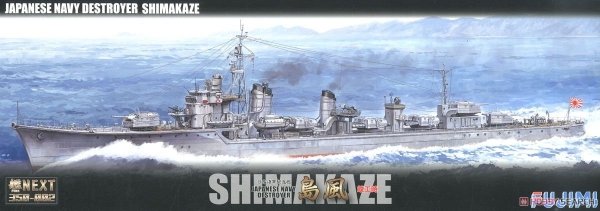
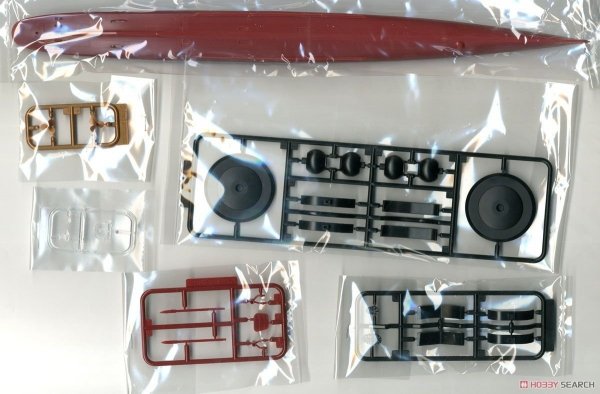
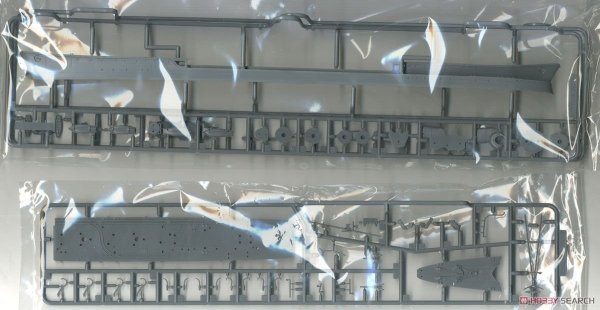
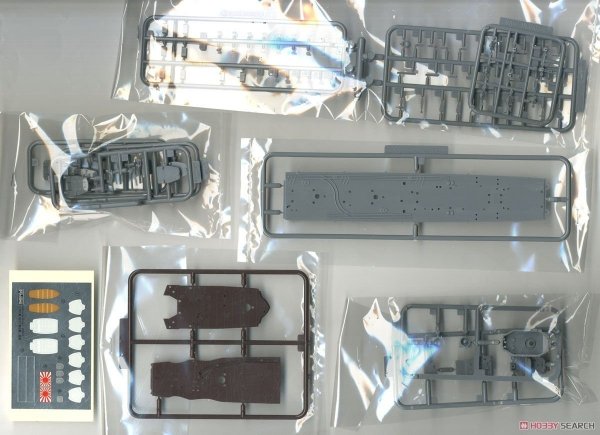
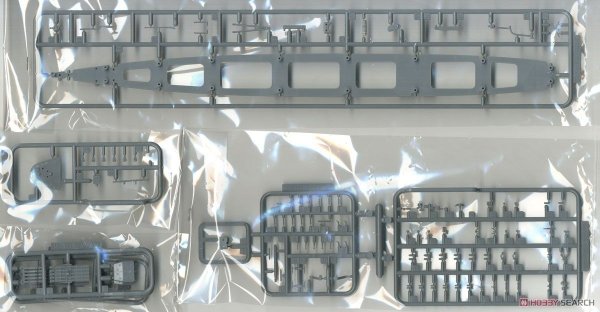
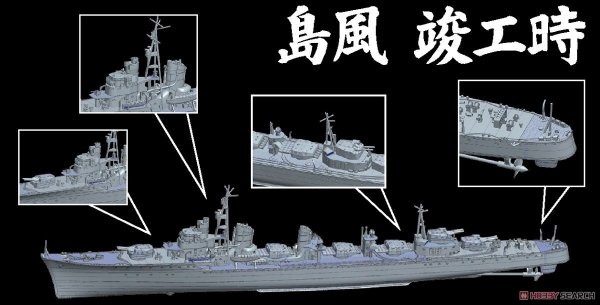
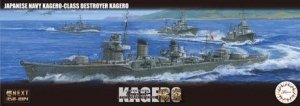
 16 szt.
16 szt.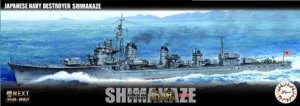
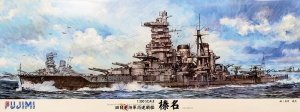
 1 szt.
1 szt.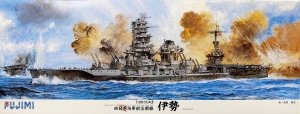

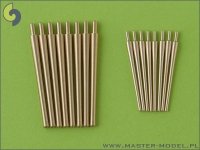
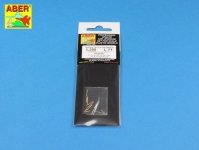

 2 szt.
2 szt.